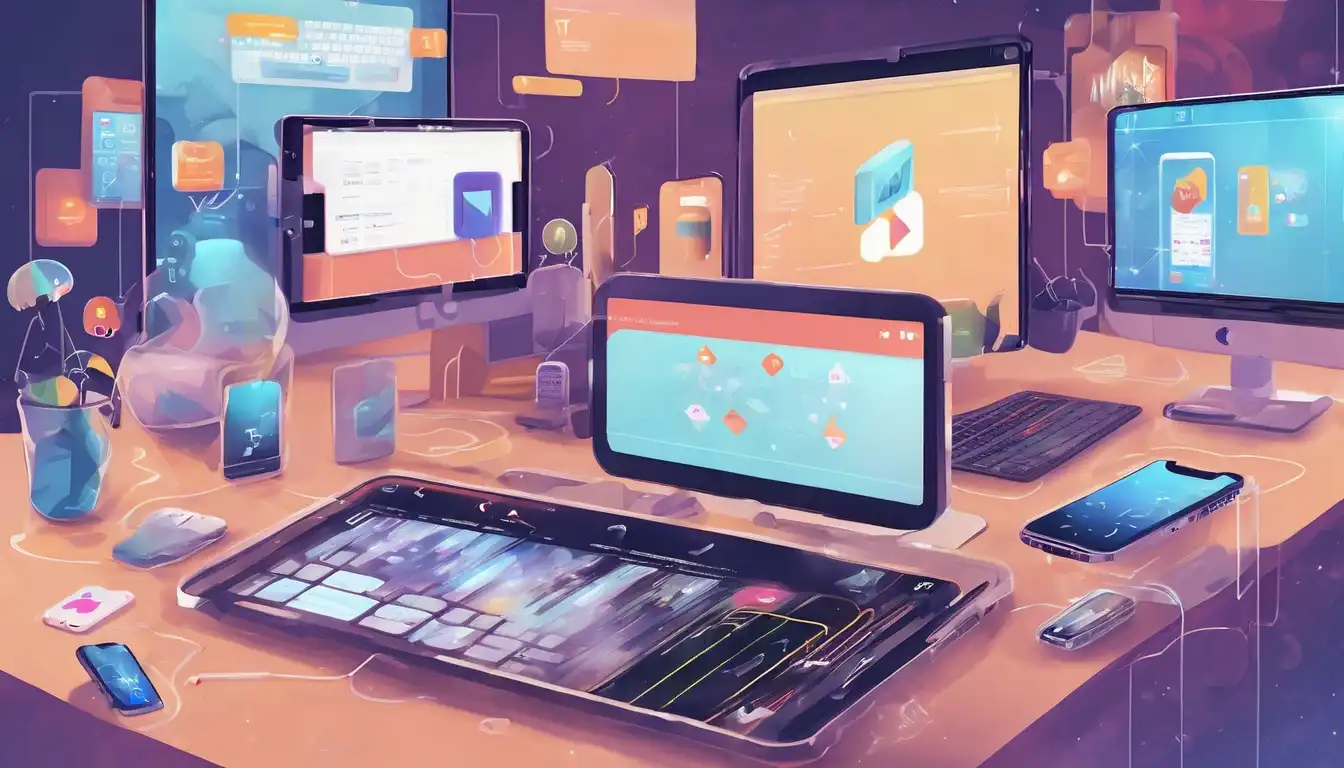Introduction to Flutter in Mobile Development
Flutter has emerged as a groundbreaking framework in the realm of mobile development, offering developers a unified platform to build natively compiled applications for mobile, web, and desktop from a single codebase. This article delves into the future of mobile development with Flutter, highlighting its advantages, challenges, and the transformative potential it holds for developers and businesses alike.
Why Flutter is the Future of Mobile Development
Flutter's ability to provide a seamless development experience across multiple platforms is unparalleled. Its hot reload feature, extensive widget library, and the Dart programming language combine to offer a highly efficient and productive environment for developers. Below are key reasons why Flutter stands out:
- Single Codebase for Multiple Platforms: Write once, deploy anywhere. Flutter's cross-platform capabilities significantly reduce development time and resources.
- High Performance: Flutter apps are compiled directly into native code, ensuring smooth performance across all devices.
- Rich Widgets and Customization: With a vast array of customizable widgets, Flutter enables the creation of visually appealing and highly functional applications.
- Strong Community Support: The growing Flutter community contributes to a rich ecosystem of packages and plugins, facilitating easier development processes.
Challenges and Considerations
Despite its numerous advantages, Flutter is not without its challenges. The framework is still relatively new, and developers may encounter limitations in terms of third-party libraries and tools. Additionally, apps developed with Flutter can have larger file sizes compared to those built with native technologies. However, the continuous updates and improvements by Google and the Flutter community are rapidly addressing these issues.
Flutter's Impact on the Future of App Development
The adoption of Flutter by major companies such as Alibaba, Google Ads, and Reflectly underscores its potential to redefine mobile development. Its efficiency, coupled with the ability to deliver high-quality applications, positions Flutter as a key player in the future of app development. As the framework evolves, we can anticipate even more innovative features and capabilities that will further streamline the development process.
Getting Started with Flutter
For those interested in exploring Flutter, the official Flutter website offers comprehensive documentation, tutorials, and resources to get started. Whether you're a seasoned developer or new to mobile development, Flutter provides the tools and community support needed to bring your app ideas to life.
Conclusion
The future of mobile development with Flutter looks promising. Its cross-platform capabilities, performance, and ease of use make it an attractive option for developers and businesses aiming to create high-quality applications efficiently. As the digital landscape continues to evolve, Flutter is poised to play a pivotal role in shaping the next generation of mobile applications.
